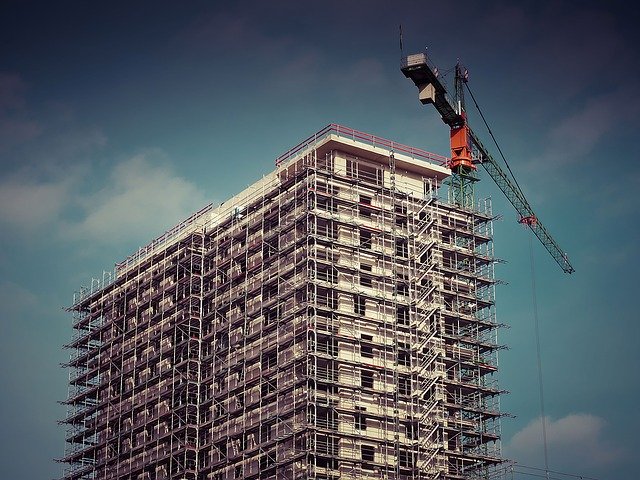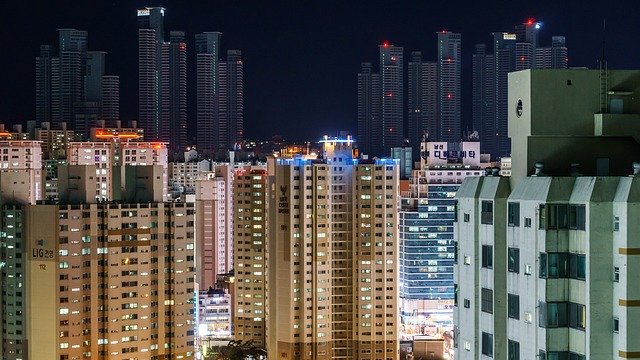While it’s true that Chicago doesn’t have an abundance of land for new multifamily property development, its reputation as a difficult place to build may be largely unfounded. In fact, the National Apartment Association (NAA) recently listed it as the ninth-easiest U.S. city in which to build, among the 58 examined.
While the NAA acknowledged that land availability, rising construction costs and meeting affordable housing requirements are all challenging factors for developers looking for building sites, they still face fewer barriers in Chicago than their counterparts in other metro areas such as New York and San Francisco. In the NAA survey, Chicago scored well among the nine criteria, including entitlement processes, approval timelines and infrastructure constraints.
Several recent developments have contributed to positive change and higher survey scores when it comes to multifamily development in the city. Former Mayor Rahm Emanuel worked to modernize the city’s archaic building code and current Mayor Lori Lightfoot says she will implement those changes. She has also made it more difficult for City Council members to block development.
This regulatory easing may be just in time to alleviate what is fast becoming an apartment shortage despite a recent building boom — currently 44 percent of Chicago residents face a high rent burden and the city needs more than 35,000 new apartments by 2030 to meet anticipated demand. The Windy CIty also added 45,700 jobs in the last year, making rent the highest it’s ever been due to increased demand.
Young professionals are still clamoring for higher-end units in particular, meaning those with amenities that are centrally located downtown, and multi-year projects such as Lincoln Yards and The 78 are moving the needle to meet this demand. On the flip side, affordable housing is another market that has growth potential as calls have increased for more units to be included in big development projects.
Multifamily developers should also look to the inner suburbs for building opportunities — it is affordable to build these units as land prices are lower and they are highly attractive in Chicago due to their proximity to transit into the city, as well as high quality schools, restaurants and retail. In fact, residents are arriving from both coasts to take advantage of Chicago’s livability and lower cost of living.
Though Chicago has a tough reputation for multifamily developers due to land constraints, building codes and strong City Councils, these obstacles are being actively worked on by the city and making it more attractive as a result. All in all, it may be time for them to rethink Chicago.





